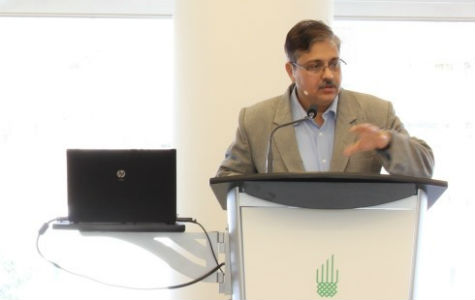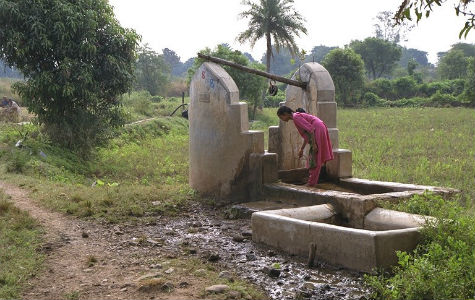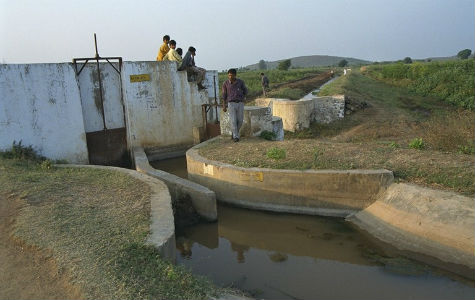
The following interview has been edited and condensed.
Q: What is the Aga Khan Rural Support Programme?
Apoorva Oza: The Aga Khan Rural Support Programme in India is a non-denominational, non-governmental organization which was established in the year 1984. It works in the area of rural development, partnering with rural communities to improve the quality of their lives.
Q: March 22nd is the UN’s World Water Day and the theme this year is “water and food security”. How do water scarcity issues affect India?
AO: India houses a substantial part of the world’s poor population and therefore food insecurity is a major issue. There are many millions of children who do not get enough to eat on a daily basis. AKRSP works in many regions which have water scarcity. In these regions, because there is water scarcity there is not enough irrigation. Because of lack of irrigation, food production is much less, and because of lack of food production people end up eating less because farmers usually depend on food they grow for their consumption.

Q: How is AKRSP addressing water issues in India?
AO: AKRSP believes that the core to agricultural development is what we call “irrigation supply.” With climate change you can’t predict how much rainfall is going to come and when it’s going to come. This is affecting agriculture productivity substantially. In different contexts – whether it’s a coastal saline area, or a semi-arid area, or a flood-prone area – these are all areas where the management of the water for irrigation is critical to food productivity. One of the key interventions that AKRSP focuses on is increasing the irrigation options for farmers. AKRSP helps farmers [build] water-harvesting structures, helps them repair existing canal irrigation systems which have become defunct, and helps them recharge groundwater systems.

Q: What is the idea behind measuring “drops per crop”?
AO: To enhance the efficiency of use of water, we promote micro-irrigation devices. These devices are largely drip irrigation systems or sprinkler irrigation systems. We monitor how many drops [of water] are required per crop. If you reduce the “drops per crop” what you do is improve the water productivity of agriculture. There has been a substantial emphasis on land productivity, but the constraining resource is now not only land, the constraining resource is actually water. So you need to start measuring tonnes [of crops produced] per litre of water. By focusing on this we have improved the water productivity of many crops substantially, and that has helped address the food crisis in many of these areas. Once you enhance water productivity, then you help small farmers – who have limited land and limited water – to meet their food demands.

Q: Aga Khan Development Network uses an approach to development called Multi-Area Input Development (M IAD). What is MIAD?
AO: Multi-input area development largely means that at the community level you have multiple inputs in the health, livelihood and education sectors being made available. It arises from the fact that in very poor regions, the poverty that we know is multi-dimensional, so just addressing one input – whether it be education or income – is actually not enough. It doesn’t lead to a substantial difference in quality of life. [For example,] if you have a child who’s educated, but their nutrition levels are very low, then that input is going nowhere.
